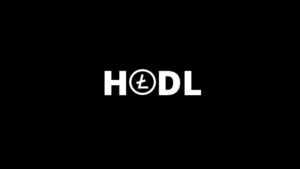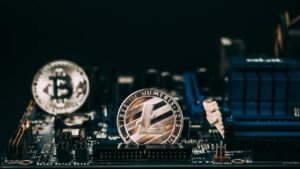Ethereum’s Berlin hard fork went live at block 12,244,000 on Thursday, finalising four optimisations aimed at improving gas efficiency and improving network security.
The Berlin update is a hard fork which incorporates four Ethereum Improvement Proposals (EIPs) that change gas prices while paving the way for the next big update – EIP 1559. Dubbed the London update, the massive and somewhat contested change will bring about seismic changes in the fee structure.
Briefly, the EIPs are:
- EIP-2565, which reduces gas cost for a specific transaction type that uses modular exponentiation.
- EIP-2718, makes all transaction types “backwards compatible” using so-called “envelope transactions,” which allows the addition of new transaction logic into Ethereum.
- EIP-2929, increases gas costs for “op code” transactions – a pain point for DDOS attacks on the network in the past.
- EIP-2930, a new transaction type which allows its users to create a preset outline of addresses and amounts for future transactions in order to lower gas fees.
The Berlin update played host to the first Ethereum DevCon and was originally scheduled for June-July 2020, but was pushed back due to centralisation concerns around the Geth client where most ETH nodes operate.
This fork means that old Ethereum clients won’t be compatible with newer ones, and is one of several on the road to Ethereum 2.0 – ETH’s seismic leap from proof of work to proof of stake.
Read more: A decentralised application network: the case for Ethereum.
The cortex of Ethereum 2.0, the so-called Beacon Chain, currently holds $8 billion worth of ETH. This smart contract is effectively a bridge between the current Ethereum and ETH 2.0 blockchain and holds various deposits of the 32 ETH needed to run validator nodes on the new network. Validator nodes will replace proof-of-work miners.
Next up, London
The Berlin update will be followed by London in July, which will incorporate the much-anticipated EIP-1559, a proposal that will reduce ether’s supply thereby making it a deflationary asset.
Rather than having users sending gas fees to miners for a transaction to be added to the blockchain, the network would instead set the fee and burn part of it.
Concerns about diminishing miner profits have largely been offset by the prospect of making ether more valuable due to a limited supply structure.
The second largest crypto hit an all time high of $2,500 on Thursday, part of an ongoing rally that has in large part been attributed to Coinbase’s public listing on the Nasdaq.
Subscribe to the semi-weekly newsletter for regular insight into bitcoin and crypto. Go on. It’s free.
Join the telegram channel for updates, charts, ideas and deals.
Did you like the article? Share it!


